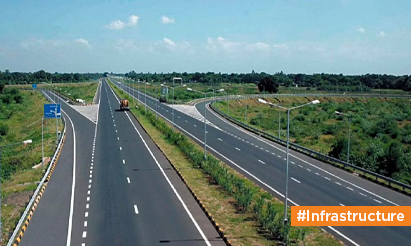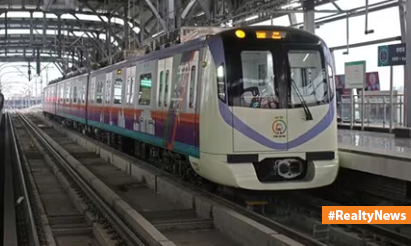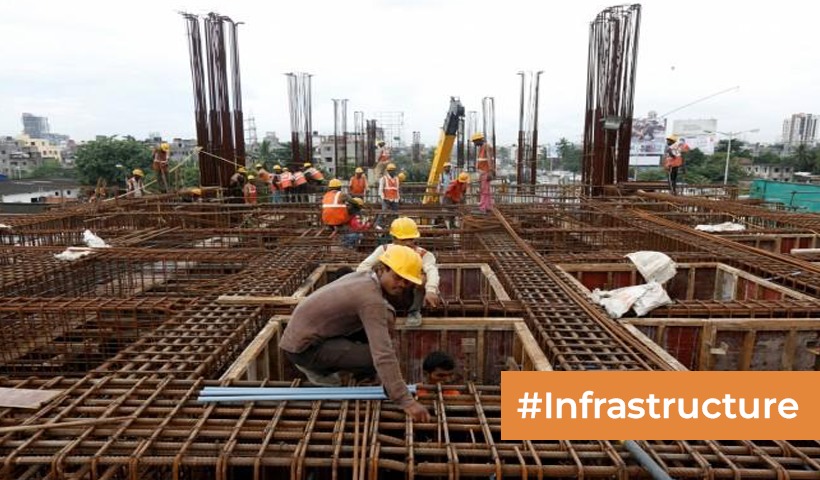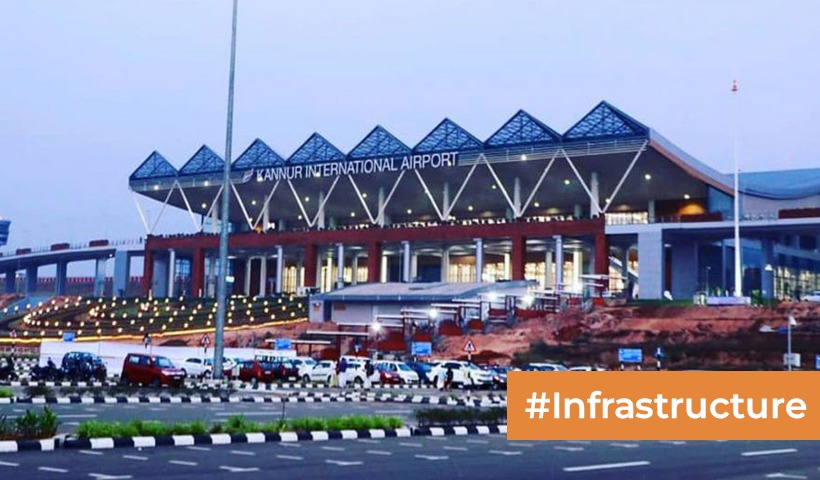All About National Waterways
Any navigable body of water inside a nation is referred to as a national waterway (NW). National waterways are utilized specifically for the transportation of people and freight. Although there are 111 National Waterways, only a few of them are used for the intended objectives.
A significant network of inland waterways, including rivers, streams, backwaters, and canals, make up the Indian National Waterways. The Inland Waterways Authority of India (IWAI) is in charge of ensuring better water transportation in India as well as the timely delivery of National Waterways Projects. In 2016, the National Waterways Act went into effect. It included the five National Waterways Acts and planned 106 more NWs. IWAI identified 106 additional waterways as a consequence and informed the Ministry of Shipping of their existence.
Indian Inland Waterways Authority (IWAI)
Indian National Waterways are governed by the Inland Waterways Authority of India (IWAI), a legal entity. The authority was established on October 27, 1986, to develop and oversee inland waterways for cargo and navigation.
Typically, the Authority works on maintaining and enhancing the IWT infrastructure on National Waterways using grants received from the Ministry of Shipping. IWAI was founded in Noida. The current head of India’s National Waterways Authority is Sanjay Bandhyaya (IWAI).
India is home to a significant network of inland waterways, including rivers, canals, creeks, and backwaters. A total of 14,500 kilometers are estimated to be navigable, of which mechanized vessels may use around 4000 kilometers of canals and 5200 kilometers of rivers.
India’s use of freight transportation via rivers is remarkably underutilized when compared to other significant nations and regions like the European Union, the United States of America, and China.
In comparison to the 21 percent of inland waterways shipment transportation within the United States, the total cargo moved (in tonnes kilometers) across the inland waterways in India made up just 0.1 percent of the total inland traffic. There are just three rivers in Assam, Goa, West Bengal, and Kerala that are used for organized shipping transit.
The Jal Marg Vikas Project (JMVP) is a test designed to improve navigational capabilities on National Waterway 1. (NW-1). With the assistance of the World Bank’s technical and economic guidance, the challenge, valued at 5369.18 Crores, is being completed. It is far more likely that the challenge will be completed by March 2023.
JMVP will ease commercial vessel travel between Haldia and Varanasi for 1500-2000 tonne ships. The task involves maintaining and growing massive infrastructures, such as intermodal and multimodal terminals, Ro-Ro centers, navigational aids, and ferry services. Along with the hall, it is anticipated that environmental-friendly duties will be advertised and LNG bunkering centers will be improved.
Disclaimer: The views expressed above are for informational purposes only based on industry reports and related news stories. PropertyPistol does not guarantee the accuracy, completeness, or reliability of the information and shall not be held responsible for any action taken based on the published information.




